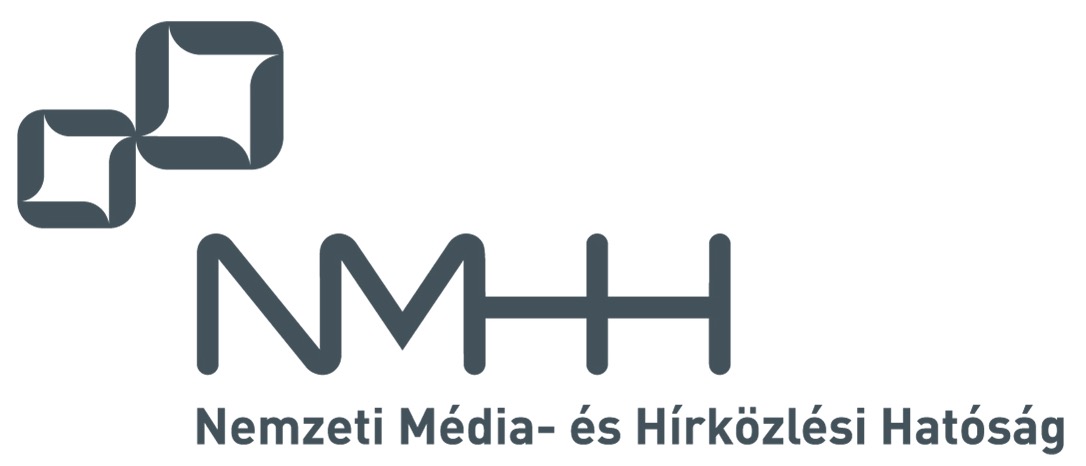2013. 4th issue
Full issue  (21 MB)
(21 MB)
COGNITIVE INFOCOMMUNICATIONS
P. Baranyi
Special Issue on Cognitive Infocommunications – GUEST EDITORIAL 
B. Haddad
Cognitive Aspects of a Statistical Language Model for Arabic Based on Associative Probabilistic Root-PATtern Relations A-APRoBAT 
Motivated by the nature of Arabic and encouraged by the delivered indications by psycho-cognitive research in retrieval of linguistic constituents of a word, a statistical language model for Arabic based on Associative Probabilistic bi-directional Root-PATtern relations", (A-APRoPAT) was formalized. The basic components of this model are relying on bi-directional probabilistic root-pattern relationships acting as cognitive morphological factors for word recognition in addition to semantic classes capturing textual and contextual root associative network. Considering a root in the mental representation as the highest level of symbolic semantic abstraction for a morphological unit allows the perception of words as a probabilistic applicative process instantiating the most plausible or known pattern to the most conceivable root, in an Associative Root-Pattern Network. As Arabic is known for its highly inflectional morphological structure and its high tendency to pattern and root ambiguity (Pattern Polysemy and Root-Homonymy) this model is assuming bi-directional morphological background knowledge for resolving ambiguities in the form of a probabilistic semantic network. As a major consequence, this paper is stressing the significance of this phenomenon in designing Artificial Cognitive Systems and Cognitive Infocommunications Applications concerned with Arabic interactive systems particularly those related to Arabic natural language understanding and human visual word identification and corrections besides the overall domination of Arabic morphology as a non-linear or non-concatenated processing system in the case of word identification.
J. Jämsä, S. Pieskä and M. Luimula
Situation Awareness in Cognitive Transportation Systems 
Inter-cognitive communication plays a key role in the development of engineering applications where natural and artificial cognitive systems should work together efficiently. Situation-awareness is essential in that cooperation. The focus of this study is to report our experiences and applications of situation-aware robots and transporters. Industrial robots are an important part of production in several fields of industry. Mobile robots and wheeled transporters, such as forklift trucks, will be key elements in the future in material handling and transporting tasks in production and in warehouses. In addition, robots will also play key roles in wellness services in response to the aging population. Situation-awareness, and especially location-awareness, is essential in the development of efficient human–robot interaction. In the future, cognitive communi-cation processes between operators and intelligent transporters may benefit from many features developed for intelligent traffic systems. We also present our experiences from the development of a situation-aware traffic system.
P. Ihamaki and M. Luimula
Understanding the Enjoyment with Geocaching Application 
Game developers have identified, explored, and discussed many of the key issues that arise for players interacting in game worlds and the physical world. In User-Centered Design, the integration of knowledge of players' work practice, prefe-rences etc. into the design process in crucial to success. Cognitive infocommunications (CogInfoCom) investigates the link between the research areas of infocommunications and the cognitive sciences, as well as the various engineering applications which have emerged as a synergic combination of these sciences. This study is relevant to CogInfoCom because it deals with users' cognitive capabilities while communicating through the Geo-caching game within the GeoCentria application. Geocaching is a technology-supported treasure hunt activity that uses a Global Positioning System (GPS) receiver or a smartphone with a Geocaching application to find something hidden by other players (geocaching.com). The results of the study provide a deeper understanding of enjoyment in real-time gaming played in the physical world, along with an identification of the strengths and weaknesses of the GeoCentria application and user experience with the Geocaching game in a touristic context. Based on these results, we present guidelines for designing and evaluating en-joyment in adventure games.
Á. Csapó and P. Baranyi
The Evolving Nature of Human-Device Communication: Lessons Learned from an Example Use-Case Scenario 
Cognitive infocommunication channels are structured multi-sensory forms of communication capable of transmitting high-level concepts between systems with various levels of cognitive capabilities. Theoretical questions on how CogInfoCom channels are best designed to ensure effectiveness and comfort of use have been studied extensively in the past. However, in modern ICT environments, where humans are increasingly merging together and becoming entangled with the infocommunications infrastructure, the question of how CogInfoCom channels should evolve through time, depending on the context and on past interactions, is becoming equally important. In this paper, we discuss this question from various aspects based on a use-case scenario, and draw conclusions for future CogInfoCom design.
PAPER FROM OPEN CALL
Á. Lászka and Á. M. Földes
Modeling Content-Adaptive Steganography with Detection Costs as a Quasi-Zero-Sum Game 
Recently, content-adaptive steganography was modeled by Johnson et al. as a stochastic, two-player, zero-sum game between a steganographer and a steganalyst [1]. To model economically rational steganalysts, we generalize this model by introducing a non-uniform cost of steganalysis. We characterize the Nash equilibria of our game based on the theory of blocking games [2], a class of quasi-zero-sum games, which were previously used to study the attack-resilience of systems and networks. Finally, we provide efficiently computable linear programs for finding an equilibrium. To the best of our knowledge, our paper is not only the first one to solve our generalized model, but it is also the first one to solve the original model for every possible combination of the parameter values.




